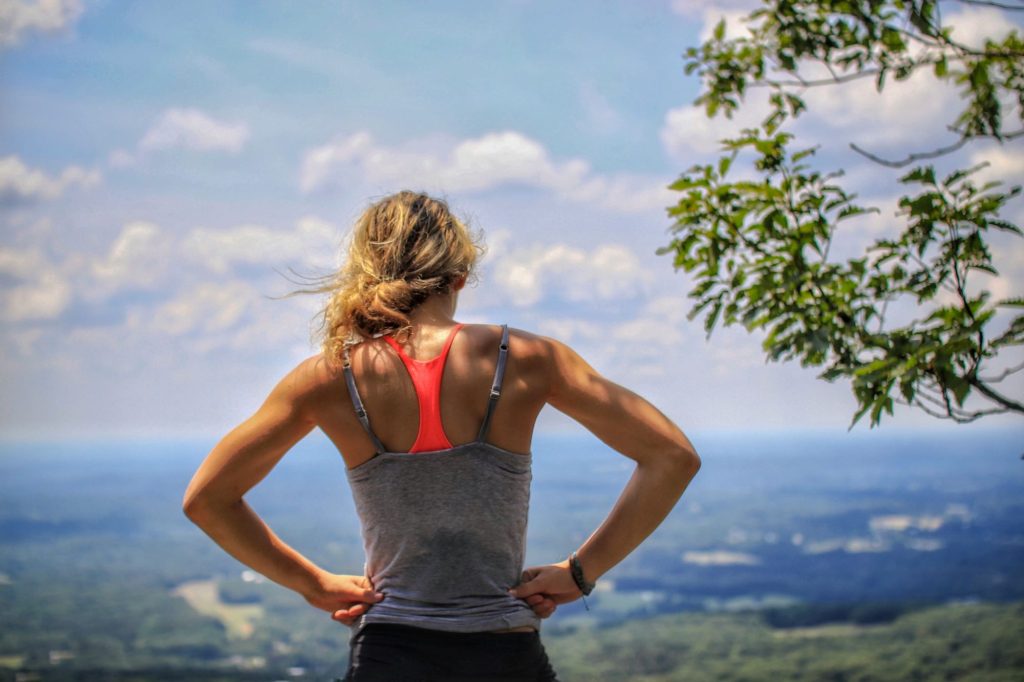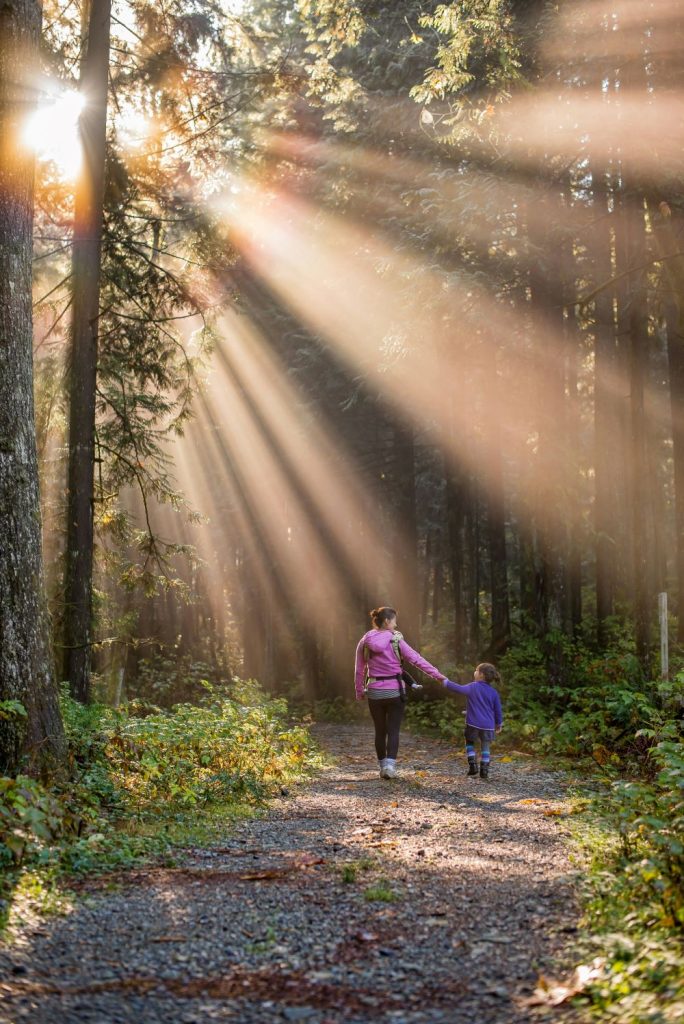
Visiting Colorado’s high country is an unforgettable experience, with breathtaking vistas and exhilarating outdoor activities. However, one common concern among visitors is altitude sickness. This condition can affect anyone, but does physical fitness or age play a role in determining who is more likely to develop altitude sickness?
Understanding Altitude Sickness
Altitude sickness, or acute mountain sickness (AMS), occurs when the body struggles to adjust to lower oxygen levels at higher elevations. Common symptoms include headaches, nausea, fatigue, and difficulty sleeping. While AMS can affect anyone, certain factors may influence an individual’s susceptibility.
The Role of Physical Fitness

Myth: The Fitter, The Better
Many people assume that being physically fit provides a buffer against altitude sickness. Surprisingly, this isn’t entirely accurate. Physical fitness doesn’t directly correlate with a lower risk of AMS. Here’s why:
- Oxygen Utilization: High levels of fitness enhance your body’s ability to utilize oxygen during physical exertion. However, altitude sickness is more about the reduced availability of oxygen in the air, which affects everyone regardless of fitness level.
- Overexertion: Fit individuals might be more likely to overexert themselves, especially when engaging in activities like hiking or skiing. This can exacerbate symptoms of altitude sickness, as the body requires time to adjust to the thinner air.
The Impact of Age

Age and Susceptibility
Age can play a role in how the body responds to high altitudes, but the relationship is not straightforward. Here’s a closer look:
- Children: Some studies suggest children are more susceptible to AMS than adults, while others suggest the likelihood is the same. What is important to note is children may not recognize or communicate symptoms effectively, so preparedness and diligence is critical. Previous AMS events do not appear to be as predictive as in adults, making AMS in children difficult to plan for.
- Older Adults: Older adults may experience more severe symptoms, but this is widely believed to be due to pre-existing health conditions that can be aggravated by lower oxygen levels. Nevertheless, with gradual acclimatization, oxygen supplementation, and caution, older adults can also enjoy high-altitude destinations.
Other Influencing Factors

While fitness and age have their roles, several other factors more significantly impact the likelihood of developing altitude sickness:
- Sleeping Elevation: Number 1 is the elevation at which you sleep. Numerous studies have demonstrated a link between sleeping elevation and AMS. In fact, several recent studies have shown that even people who do not report the common altitude-related symptoms at all frequently experience a diminished quality of sleep, and suffer more frequent sleep interruptions.
- Rate of Ascent: How quickly you ascend to higher altitudes is crucial. Gradual ascent allows your body more time to acclimatize, reducing the risk of AMS. Unfortunately, many visitors of the Colorado High-country are unable, or unwilling, to spend time at lower elevations acclimating. For this reason, supplemental oxygen therapy has become one of the most effective tools in fighting AMS symptoms.
- Hydration and Nutrition: Staying well-hydrated and nourished helps your body cope with the stresses of high altitude. Dehydration can worsen symptoms of altitude sickness. Individuals can and do dehydrate more quickly at altitude, but it is important to note that dehydration is NOT the cause of AMS, rather, it is a lack of oxygen in the body.
- Previous Altitude Experience: Individuals who have previously spent time at high altitudes may be less susceptible to AMS in future visits due to partial acclimatization. However, if during previous trips to elevation you suffered from altitude-related symptoms, you’re likely to experience symptoms again.
Preventing Altitude Sickness

Regardless of fitness level or age, there are several steps you can take to minimize the risk of altitude sickness:
- Acclimatize Gradually: Spend a few days at intermediate altitudes before heading to higher elevations. If intermediate altitudes are not an option, supplemental oxygen can help; especially if administered while sleeping
- Stay Hydrated: Drink plenty of water and avoid excessive alcohol and caffeine. Be careful if you’re a regular caffeine consumer not to totally stop caffeine consumption as this can contribute to headaches as well.
- Take It Easy: Avoid strenuous activities for the first 24-48 hours after arrival. If you are active, recover intermittently and frequently with oxygen.
- Consider Supplemental Oxygen: Renting an oxygen concentrator from Bluebird Oxygen can provide relief and help you acclimatize more comfortably and improve sleep quality.
Conclusion
While physical fitness and age do play a small role in how individuals experience altitude sickness, they are not the sole determinants. The best approach to prevent AMS involves gradual acclimatization, proper hydration, and/or supplemental oxygen. If you’re planning a trip to Colorado’s high country, consider renting an oxygen concentrator from Bluebird Oxygen. Our service can help ensure you can enjoy your adventure without the worry of altitude sickness holding you back.
Stay safe, breathe easy, and enjoy all that Colorado’s high country has to offer!













